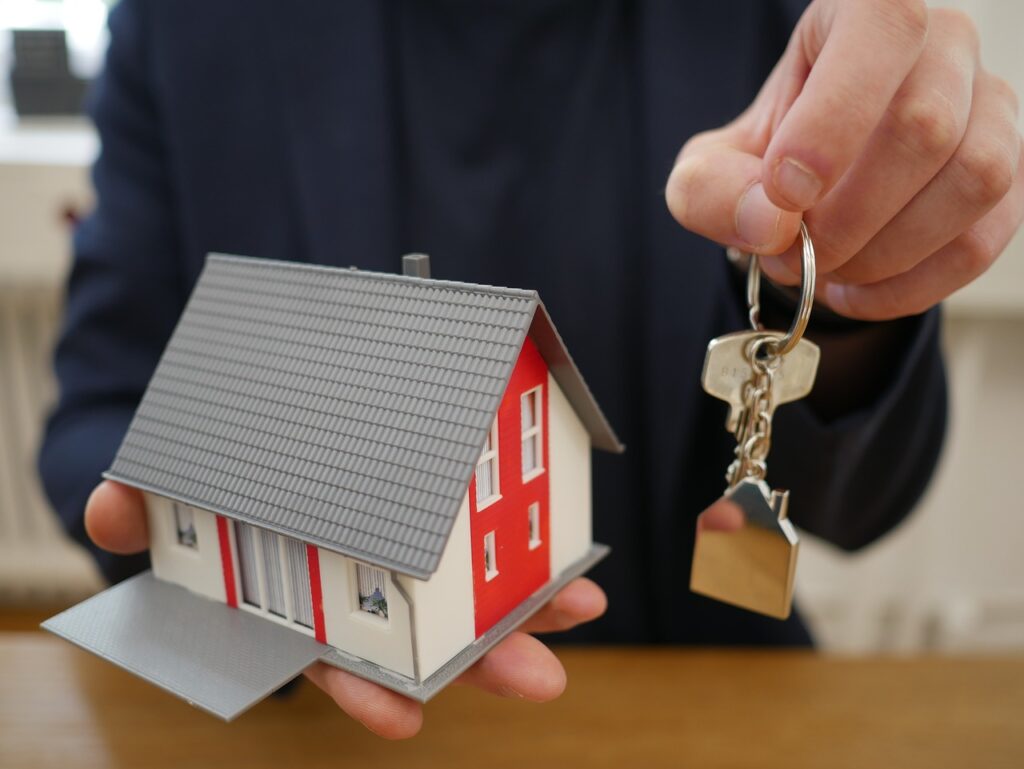When fortifying your home against potential threats, selecting the right security door material is pivotal. However, beyond considering security features, it’s essential to factor in climate conditions to ensure the door’s durability, performance, and longevity. Choosing a security door material that suits your specific climate is crucial for maximizing protection while maintaining functionality and aesthetics.
Understanding Regional Climates and Their Impact:
Different climates present unique challenges to security door materials. For instance:
- Humid and Coastal Areas: High humidity and salt exposure in coastal regions can lead to corrosion and rust, affecting the integrity of certain materials.
- Extreme Temperature Zones: Areas with extreme temperature fluctuations, whether hot or cold, may impact the structural integrity of doors made from certain materials, causing warping, cracking, or fading.
- High Precipitation Regions: Excessive rain or snow can affect door materials differently, leading to moisture absorption, swelling, or deterioration over time.
Selecting Suitable Security Door Materials:
- Steel Doors: Known for their strength and durability, steel doors are highly resistant to forced entry. However, in humid or coastal areas, they might require additional protective coatings to prevent corrosion.
- Fiberglass Doors: Resilient and low-maintenance, fiberglass doors are resistant to warping and cracking, making them ideal for various climates. They withstand moisture well and can be designed to mimic the look of wood or other materials.
- Aluminum Doors: Lightweight and corrosion-resistant, aluminum doors are suitable for coastal regions. They are less prone to rust, but the material may not offer the same level of security as steel.
- Wood Doors: While aesthetically pleasing, wood doors can be susceptible to warping, rotting, and expansion in high-humidity or extreme temperature areas. Proper maintenance and protective finishes are crucial for their longevity.
Factors Influencing Material Selection:
- Material Composition: Consider the door’s core material and its resistance to climate-specific factors like moisture, heat, or cold.
- Finish and Coatings: Protective finishes or coatings can enhance a door’s resilience against climate-related issues like corrosion or fading.
- Insulation Properties: In extreme climates, opt for doors with good insulation properties to maintain indoor temperatures and energy efficiency.
- Manufacturer’s Recommendations: Consult with security door manufacturers or professionals familiar with local climates for recommendations on suitable materials.
Conclusion:
Choosing the right security door material for your climate involves careful consideration of environmental factors that could impact the door’s performance and longevity. By assessing your region’s climate conditions and understanding the characteristics of different door materials, you can make an informed decision that ensures both security and durability. Invest in a security door that not only protects your home but also withstands the challenges posed by your specific climate, providing lasting security and peace of mind.

